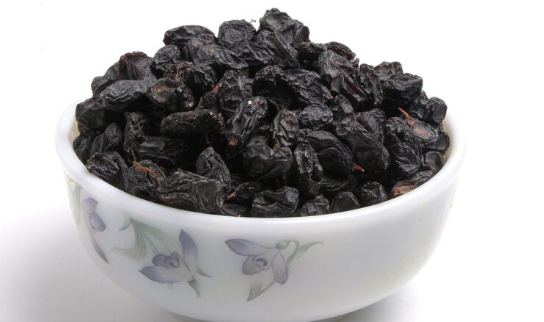Why Iranian Mavis Raisins Stand Out in Global Trade
Iran has long held a leading role in the global raisin market, producing some of the most sought-after varieties. Among them, Mavis raisins—known internationally as sultanas—are highly prized for their uniform size, soft texture, and naturally sweet taste. The country’s climatic and agricultural conditions provide a distinct advantage, allowing Iranian raisin producers to meet global demand with consistent quality.
How Iran’s Climate Creates Ideal Conditions for Raisins
Iran’s diverse geography offers ideal environmental conditions for grape cultivation. From the semi-arid plains of Malayer to the dry mountain valleys of Takestan and Kashmar, these regions benefit from long summers, minimal rainfall, and intense sunlight. This combination promotes slow, even drying of grapes on the vine, which enhances the natural sugar content and color retention of Mavis raisins.
The dry climate reduces the risk of mold or rot, which commonly affect grape-drying processes in more humid environments. With average annual precipitation below 300 mm and relative humidity often under 40 percent during harvest months, Iranian vineyards offer a naturally optimized setting for raisin production.
To check the price and product details of Mavis , please visit the pink link.
Fertile Soil and Traditional Farming Add to Quality
Iranian vineyards are rooted in mineral-rich, loamy soils that balance water retention with good drainage. These conditions help regulate grapevine growth and improve fruit quality. In regions like Khorasan Razavi and Lorestan, centuries-old agricultural knowledge is passed down through generations, leading to optimized pruning, irrigation, and harvesting techniques.
Many farms rely on low-input, organic-compatible practices due to water scarcity, giving rise to raisins that are not only flavorful but also increasingly aligned with clean-label and organic export demands.
Mavis Raisins: Unique Properties and Global Appeal
Mavis (sultana) raisins are produced from seedless white grapes, typically sun-dried or treated lightly with sulfur to preserve their golden hue. Iranian Mavis raisins are known for:
* Uniform oval shape and golden-brown color
* Moisture content between 13 to 16 percent
* Soft, chewy texture with natural sweetness
* Low levels of residue and consistent grading
These qualities make them ideal for baked goods, cereals, and snack mixes, especially in markets requiring HACCP and ISO-certified products.
Key Producing Regions and Processing Infrastructure
Regions such as Malayer, Takestan, and Kashmar account for a significant share of Iran’s raisin output. These areas not only benefit from ideal growing conditions but also house advanced sorting, grading, and packaging facilities. Raisins are dried naturally in the sun or in specialized greenhouses, then cleaned, laser-sorted, and packed for export.
Iranian producers typically offer customizable moisture levels and certifications for different markets, including the European Union, Russia, and the Gulf region.
read more: Top 5 High-Revenue Countries for Black Jumbo Raisin Export and Strategies to Enter Each Market
Iran’s Competitive Edge in the Global Raisin Market
Iran is the third-largest raisin exporter globally, contributing nearly 27 percent of global raisin exports by some estimates. Its advantages include:
1. Competitive pricing due to lower labor and processing costs
2. Year-round availability and diverse raisin varieties
3. High nutritional profile with trace elements and natural antioxidants
4. Export infrastructure including refrigerated transport and bulk container systems
These factors make Iran an increasingly strategic choice for importers looking for consistent volume and competitive quality.
Frequently Asked Questions
1. What are Mavis raisins and how do they differ from other types?
Mavis raisins are golden or light brown seedless raisins made from white grapes. They differ from black or green raisins in color, texture, and processing, often involving light sulfur treatment to preserve their hue.
2. Why is Iran suitable for producing export-quality raisins?
Iran’s dry climate, high-altitude vineyards, and long sunny growing seasons provide ideal natural drying conditions, minimizing the need for artificial drying methods.
3. Which regions in Iran are known for Mavis raisin production?
Key areas include Malayer, Takestan, Kashmar, and parts of Khorasan Razavi, all of which combine traditional grape-growing expertise with modern processing facilities.
4. What certifications do Iranian raisins meet for export?
Iranian raisin exporters commonly offer HACCP, ISO 22000, and organic certifications to meet the requirements of the EU, Russia, and Middle Eastern markets.
5. How do Iranian raisins compare to Turkish or American ones?
Iranian raisins are typically more competitively priced, offer higher sweetness, and are produced in a wider variety of types. However, American and Turkish exporters may have stronger branding in Western markets.
Looking for a reliable supplier of Mavis raisins? Consider sourcing directly from certified Iranian producers for consistent quality and cost-effective supply.

